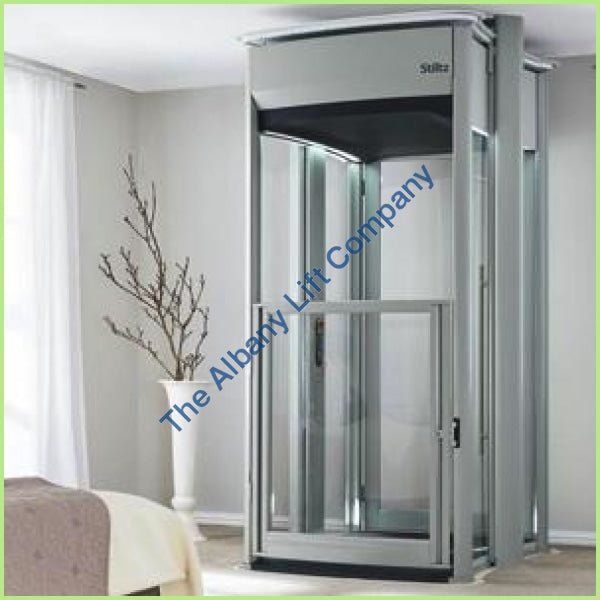Digging Into the World of Elevators: Usual Problems Encountered by Various Lift Systems
As we navigate with the upright transport systems of contemporary structures, lifts stand out as a crucial part of our everyday lives. From hydraulic lifts to traction systems and machine-room-less styles, each lift kind comes with its collection of common problems.
Hydraulic Lifts
Hydraulic lifts, frequently liked for low-rise structures, make use of fluid pressure to control the motion of the lift car (lift repair companies). This system entails a hydraulic pump pushing oil right into a cyndrical tube, creating the elevator to relocate in the wanted direction. While hydraulic lifts are known for their smooth and quiet operation, they do include their own set of common problems
One common problem with hydraulic elevators is oil leak. In addition, concerns with the control system, such as malfunctioning valves or a malfunctioning pump, can trigger disruptions in the elevator's activity.
Routine maintenance and prompt repairs are necessary to ensure the smooth performance of hydraulic lifts. By attending to these common issues proactively, structure owners can minimize downtime and make certain the safety and security and effectiveness of their vertical transport system.
Grip Elevators
When taking into consideration upright transportation systems in structures, one more common kind besides hydraulic lifts is the traction lift. Grip elevators run using a system of ropes and weights that move the lift cars and truck by grasping onto the hoist ropes. This system enables smoother and quicker vertical transportation contrasted to hydraulic systems.
One of the common problems encountered by grip lifts is rope wear. The continuous movement of the ropes within the traction system can lead to tear and use with time, potentially creating the elevator to breakdown or become harmful for use. Normal evaluations and upkeep of the ropes are vital to ensure the elevator's correct functioning and security.
An additional issue that grip lifts may run into is connected to the control system. Issues with the control system can lead to problems such as irregular movement, delays in action times, or perhaps complete shutdowns. Normal testing and upkeep of the control system are crucial to avoid such problems and make sure the elevator's reliability.
Machine-Room-Less (MRL) Elevators

Among the key parts of MRL elevators is the compact gearless grip machine that is mounted within the hoistway. This device efficiently drives the lift vehicle without the demand for large equipment discovered in traditional grip elevators. In addition, MRL elevators commonly utilize a weight system to balance the auto, additional boosting their power performance.
In spite of their benefits, MRL lifts may deal with obstacles related to repair click this link and maintenance as a result of the confined area for tools installment. Ease of access for servicing elements within the shaft can be restricted, calling for specialized training for technicians. Appropriate maintenance routines and normal inspections are important to make sure the ongoing smooth procedure of MRL lifts.
Overloading and Weight Limit Issues
Overloading and weight restriction concerns are important problems in lift operations. Elevator manufacturers layout raises with particular weight capabilities to ensure passenger safety and security and devices durability.
When elevators are strained, it places extreme strain on the electric motor, cords, and other components, possibly triggering malfunctions or breakdowns. If they detect excess weight, safety and security devices such as sensors and overload sensors are in area to avoid elevators from relocating. Additionally, going beyond weight limitations can lead to boosted energy usage and wear and tear on the lift system.
To mitigate straining problems, constructing managers need to prominently present weight limitations in lifts and educate owners on the significance of sticking to these limitations - lift repair companies. Normal maintenance checks by certified specialists can additionally help guarantee that lifts are operating within risk-free weight criteria. By resolving overloading and weight restriction concerns proactively, structure owners can boost elevator security and performance
Electrical System Failures
Surpassing weight limitations in elevators can not just lead to mechanical concerns however likewise potentially contribute to electrical system failings within the lift framework. Electric system failings are an important worry in elevator operation, as they can cause unanticipated closures, breakdowns, or even safety hazards.
Regular maintenance and inspections are vital to identify and resolve prospective electric issues without delay, guaranteeing the reliable and risk-free operation of elevator systems. By adhering to weight restrictions and conducting regular electric system checks, building owners can mitigate the danger of electric failures in lifts.
Conclusion

Hydraulic elevators, usually liked for low-rise buildings, use fluid pressure to manage the movement of the lift vehicle.When taking into consideration vertical transport systems in buildings, an additional typical kind aside from hydraulic lifts is the traction elevator. Grip elevators run internet using a system of ropes and counterweights that move the lift cars and truck by clutching onto the hoist ropes. Unlike standard lifts that require a different machine area to house the tools, MRL elevators integrate many of the parts within the shaft, removing the need for a specialized machine area.In final thought, lifts face typical problems such as hydraulic breakdowns, traction system failures, and electric system troubles.
Comments on “We Maintain Lifts to the Greatest Specifications: Reliable Service for All Lift Types”